Tag: diagnosis

HIV and COVID-19 Increased Risk of Severe Outcomes
People living with HIV with detectable HIV viraemia, chronic comorbidities, and some subpopulations could be at increased risk of severe outcomes from COVID-19. These groups should be prioritised in clinical management and... read more

Kidney Imaging with Point-of-Care Doppler Ultrasonography
We read with great interest the article by Caroli et al., in which they meticulously discuss the role of imaging in elucidating both structural and functional aspects of kidney disease. Herein, we would like to briefly comment... read more
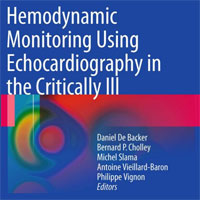
Hemodynamic Monitoring Using Echocardiography in the Critically Ill
The hemodynamic evaluation of patients with acute circulatory failure and respiratory failure has in the past usually been performed using invasive procedures but in recent years less invasive monitoring devices have been... read more
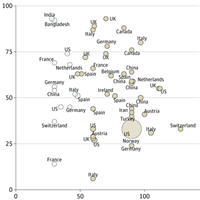
Short-term and Long-term Rates of Postacute Sequelae of COVID-19 Infection
In this systematic review, we evaluated the temporal progression of clinical abnormalities experienced by patients who recovered from an infection with SARS-CoV-2, starting with a mean of 30 days post–acute illness and... read more
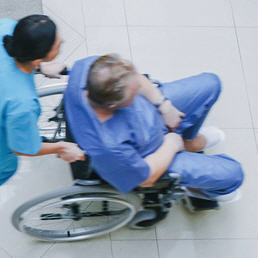
Scripts for Subconjunctival Hemorrhage, Fainting and Syncope, and Viral Illness
Many parts of the ED encounter interfere with patient or family comprehension, not the least of which is the ED's noisy, hurried environment. But other factors affect what they understand and remember about the encounter—their... read more

Dynamic and Hybrid Configurations for ECMO
Dynamic or hybrid configurations for extracorporeal membrane oxygenation (ECMO) are needed when patient physiology or clinical conditions change. Dynamic configurations included configurations converting from veno-arterial... read more
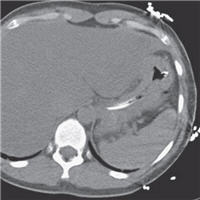
When COVID-19 Complicates Other Diagnoses
The medical community is rapidly trying to identify complications and patterns of disease to improve patient outcomes as the COVID-19 pandemic continues. Numerous studies have shown varying degrees of liver damage in... read more
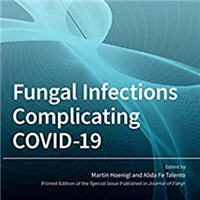
Fungal Infections Complicating COVID-19
Coronavirus disease 2019 (COVID-19), caused by the severe acute respiratory syndrome coronavirus 2 (SARS-CoV-2), spread globally to pandemic proportions. Although the majority of cases have asymptomatic or mild infections,... read more

Red Book: Report of the Committee on Infectious Diseases
Extending an 8-decade tradition of excellence, Red Book® provides the most reliable and clinically useful information on the manifestations, etiology, epidemiology, diagnosis and treatment of more than 200 childhood infectious... read more
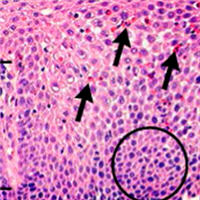
Eosinophilic Esophagitis
Once considered a rare condition, eosinophilic esophagitis is now one of the most common conditions diagnosed during the assessment of feeding problems in children and during the evaluation of dysphagia and food impaction... read more
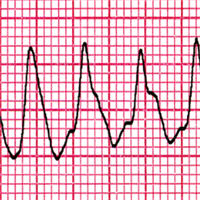
Electrical Storm and Incessant Ventricular Tachycardia
Electrical storm, also referred to as arrhythmic storm, refers to multiple recurrences of ventricular arrhythmias over a short period of time. In most instances, the arrhythmia is ventricular tachycardia (VT), but polymorphic... read more

POCUS Diagnosis of Medial Plantar Artery Pseudoaneurysm Secondary to Penetrating Injury
Pseudoaneurysms of the foot are rare and can occur from a range of etiologies, including laceration from a foreign body. The majority of reported cases have been diagnosed by computed tomography, magnetic resonance imaging,... read more
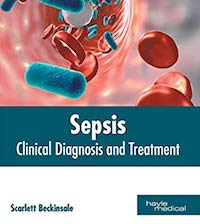
Sepsis: Clinical Diagnosis and Treatment
Sometimes our body's reaction to infection can result in damage to internal tissues and organs. Such a condition is referred to as sepsis. Some of the symptoms of sepsis are high fever, increased heart and breathing rate,... read more

Reducing the Global Sepsis Burden: A Positive Legacy for the COVID-19 Pandemic?
ESICM, SCCM, and the GSA published a consensus paper in Intensive Care Medicine, emphasising the importance of recognising that patients critically ill with COVID-19 have viral sepsis, despite some differences from sepsis... read more




